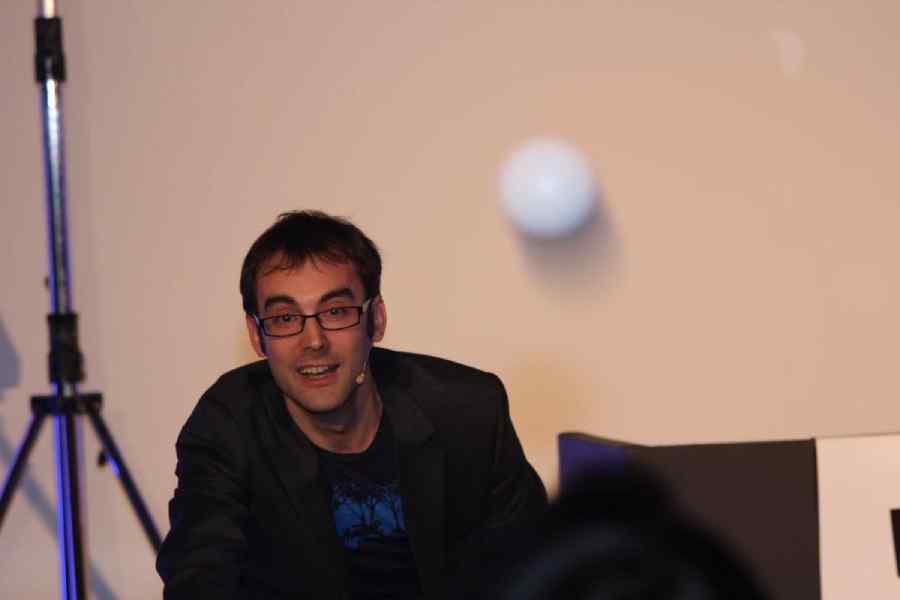What good are the laws of physics if we can’t solve the equations that describe them? That was the question that occurred to me on reading an article in The Guardian by Andrew Pontzen, a cosmologist at University College London, UK, who spends his days running computer simulations of black holes, stars, galaxies and the birth and growth of the universe. His point was that he and the rest of us are bound to fail.
“Even if we imagine that humanity will ultimately discover a ‘theory of everything’ covering all individual particles and forces, that theory’s explanatory value for the universe as a whole is likely to be marginal,” Pontzen wrote.
Consider something as simple as, say, Earth’s orbit around the sun, Pontzen says. Left to its own devices, our world, or its crispy fossil, would go on forever in the same orbit. But in the fullness of cosmic time, gravitational nudges from other planets in the solar system can change its course. Depending on how precisely we characterise these nudges, and the stuff being nudged, gravitational calculations can produce wildly divergent predictions of where the Earth and its siblings will be hundreds of millions of years from now.

Cosmologist Andrew Pontzen
As a result, in practice, we cannot predict either the future or the past. Cosmologists like Pontzen can hedge their bets by zooming out and considering the big picture — large agglomerations of material like clouds of gas, or systems whose collective behaviour is predictable and not dependent on individual variations. We can boil pasta without keeping track of every molecule in the water.
But there is a risk of presuming too much order. Take an anthill, Pontzen suggests. The movements of any individual ant seem random. But if you look at the whole, the anthill seems to be buzzing with purpose and organisation. It is tempting to see a collective consciousness at work, Pontzen writes, but “there are just lone ants” following simple rules.
In cosmology, a plausible explanation of the history of the universe has formed by making simple assumptions about stuff we know nothing about — dark matter and dark energy — but that nonetheless makes up 95 per cent of the universe. Supposedly this “dark side” of the universe interacts with the 5 per cent of known stuff — atoms — solely through gravity. After the Big Bang, the story goes, pools of dark matter formed, which pulled in atomic matter, which condensed into clouds, which heated up and became stars and galaxies. As the universe expanded, the dark energy permeating it also expanded and began pushing the galaxies farther and faster apart.
But this narrative breaks down early on, in the first few hundred million years, when stars, galaxies and black holes were forming in a messy, poorly understood process that researchers call “gastrophysics”.
Its mechanics are stupefyingly hard to predict, involving magnetic fields, the nature and composition of the first stars and other unknown effects. “Certainly nobody can do it right now starting simply from well-trusted laws of physics, irrespective of the amount of computer power on offer,” Pontzen said in an email.
Recent data from the James Webb Space Telescope, revealing galaxies and black holes that seem too massive and too early in the universe for the “standard model” of cosmology to explain, would seem to add to the trouble. Is this enough to send cosmologists back to their drawing boards?
Pontzen is not convinced that the time has come for cosmologists to abandon their hard-won model of the universe. Cosmic history is too complex to simulate in any detail. Our sun alone, he points out, contains 10^57 atoms, and there are trillions upon trillions of such stars out there.
A half-century ago astronomers discovered that the universe, with its stars and galaxies, was brimming with microwave radiation leftover from the Big Bang. Mapping this radiation has allowed astronomers to create a baby picture of the cosmos, as it existed only 380,000 years after time began.
In principle, all history could be embedded there in the subtle curls and wisps of primordial energy. In practice, it is impossible to read the unfolding of time in those microwaves well enough to discern the rise and fall of the dinosaurs, the dawn of the atomic age or the appearance of a question mark in the sky billions of years later. Nearly 14 billion years of quantum uncertainty, accidents and cosmic riffraff stand between then and now.
At last count, physicists have identified some 17 types of elementary particles that make up the physical universe and at least four ways that they interact — through gravity, electromagnetism and the so-called strong and weak nuclear forces.
The cosmic bet that Western science has undertaken is to show that those four forces, and maybe others yet to be discovered, acting on a vast ensemble of atoms and their constituents, are enough to explain stars, rainbows, flowers, ourselves and, indeed, the existence of the universe as a whole. That is quite an intellectual and philosophical mountain to climb.
In fact, for all our faith in materialism, Pontzen says, we might never know if we succeeded. “Our origins are written in the sky,” he said, “and we are just learning how to read them.”
NYTNS











